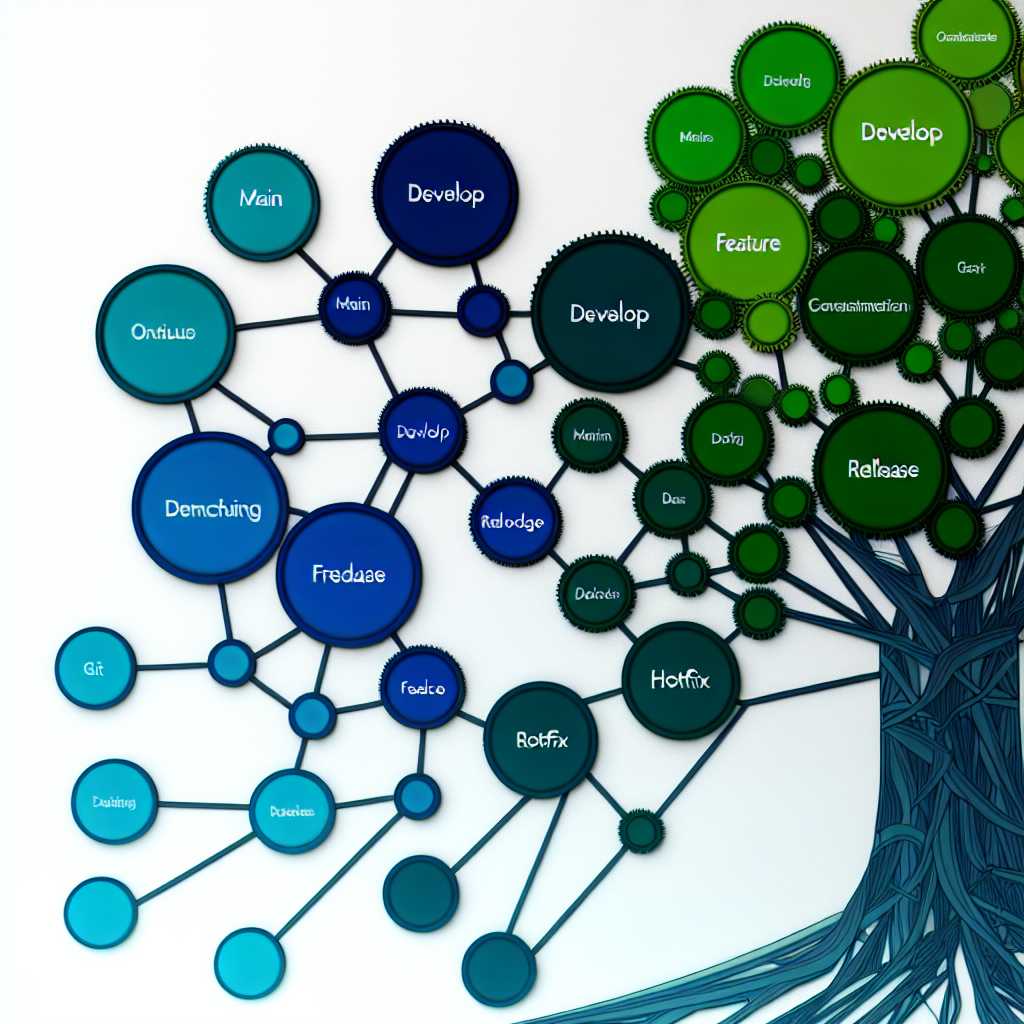Introduction
As a software engineer with a passion for effective Git usage, I cannot overemphasize the importance of having a solid Git branching strategy to improve team collaboration. In fast-paced development environments, where multiple developers work simultaneously on different features or bugs, efficient code management becomes crucial. In this article, we’ll explore some proven Git branching strategies that can help your team streamline their workflows and boost productivity.
Importance of Branching Strategies
A branching strategy is essentially a set of guidelines or conventions that dictate how branches are named and used within a project repository. By having a well-defined strategy, teams can avoid confusion when merging code changes, minimize the number of conflicts, and enhance the overall code review process.
Popular Git Branching Strategies
1. Git Flow
Git Flow is a robust workflow model famously introduced by Vincent Driessen. It introduces a strict branching model designed around project releases. Git Flow uses feature, release, and hotfix branches alongside the default main and develop branches.
- Develop Branch: Acts as an integration branch for features.
- Feature Branches: Created from develop, one per new feature or enhancement.
- Release Branches: Used once a set of features is ready for a release cycle.
- Hotfix Branches: Created out of necessity for quick production fixes.
2. GitHub Flow
A simplified alternative suitable for developers working with continuous deployment and integration. It’s a lighter model that follows a simple branching strategy.
- Develop directly on main.
- Create a branch for every feature or fix.
- Once the work is complete and reviewed, merge it back into main and deploy.
3. GitLab Flow
GitLab Flow marries the strengths of GitHub Flow and rapid release cycles, fitting teams deploying directly to production.
- Uses environment-based branches (like production, staging) besides feature branches.
- Ensures smoother integrations where teams have different environments in play.
Best Practices in Git Branching
- Consistency in Naming: Use standard naming conventions for branches to avoid misunderstandings (e.g.,
feature/login-auth,bugfix/footer-crash). - Regular Code Reviews: Always have another set of eyes reviewing changes before they are merged.
- Small and Frequent Merges: Integrate changes regularly to reduce conflicts and eas system debugging.
Conclusion
Choosing and sticking with a branching strategy will help organize the workflow of your team, allowing for efficient and conflict-free collaboration. While it’s important to choose a strategy that suits your team’s size and product nature, remain flexible and open to adapting the strategy as the project grows. By following these tips and adopting a consistent approach to Git branching, your team can achieve better code quality and project manageability.
Happy branching!


Leave a Reply